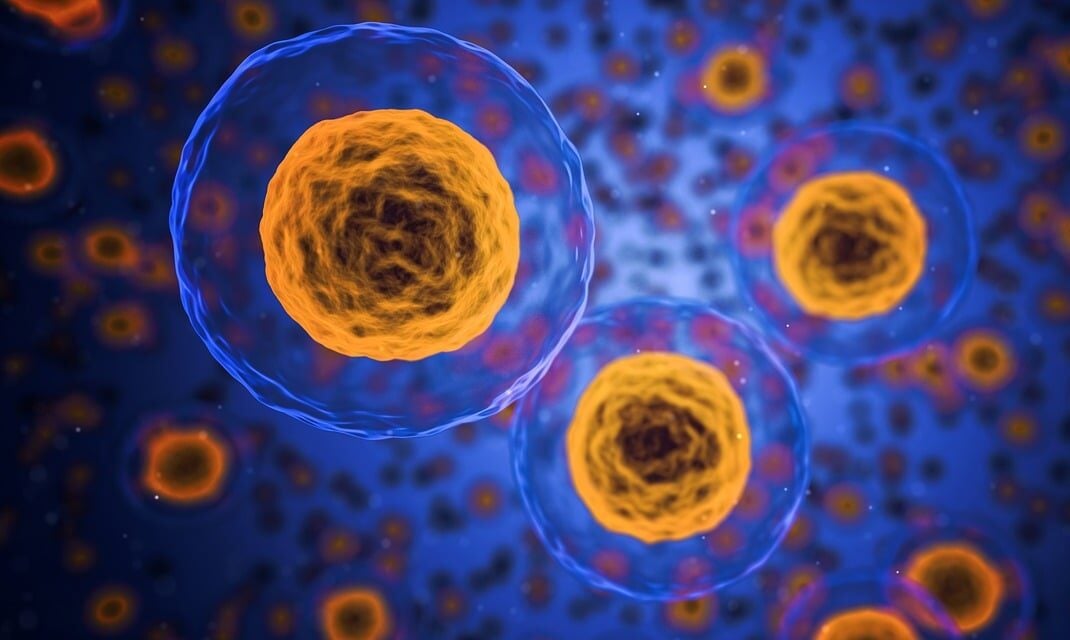
The findings could be of great help in research into diseases such as schizophrenia, epilepsy, and Alzheimer's.Continue reading

Researchers at the HUN-REN Research Center for Natural Sciences and the National Institute of Oncology have uncovered a surprising mechanism that allows cancer cells to survive chemotherapy and then cause breast cancer again.
For decades, it was believed that therapy-induced senescence (TIS) was an irreversible process that forced damaged cells into a permanent state of rest before they were finally destroyed. However, a Hungarian research team has used single-cell sequencing, a previously unused method, to map TIS cells and discover that cancer cells are able to escape this state and restart tumor growth, according to a statement by the HUN-REN Hungarian Research Network.
They wrote that the alarming results showed that the “zombie state” provided protection against half of the drugs tested, which were approved by the FDA (U.S. Food and Drug Administration), turning TIS, previously thought to be a mechanism of cell death, into a full-fledged survival strategy.
The results, published in the journal Molecular Cancer, offer the possibility of developing new TIS-targeting therapies, but also serve as a serious warning to doctors:
if TIS is treated as a therapeutic endpoint, there may be a serious price to pay, as cancer cells may escape and restart tumor growth while becoming resistant to many other drugs.
“It is a truly paradoxical situation. What we thought was our ally in cancer treatment has actually been a hidden enemy all along,” pointed out Eszter Bajtai, the study’s first author, who worked on the project for six years. “In our experiments, tumor cells that entered TIS almost always escaped within a few months. It was both exciting and frightening,” she added.
The research team also made another surprising discovery: the behavior of zombie cells in response to the immune environment. Normally, the senescence of healthy cells triggers an immune response that removes them. However, TIS tumor cells employ a different tactic: they activate specific signaling pathways and produce proteins to suppress the immune response.
This means that zombie cells are not only resistant to chemotherapy and targeted biological therapies, but are also able to ward off the immune system’s natural attacks.
“Uncovering the dark side of TIS required extensive collaboration involving the HUN-REN Research Center for Natural Sciences, the National Institute of Oncology, HUN-REN Center for Energy Research, the University of Szeged, and two national laboratories, the National Laboratory of Pharmaceutical Research and Development and the National Tumor Biology Laboratory,” emphasized József Tóvári, Head of the Department of Experimental Pharmacology at the Oncology Research Center of the National Institute of Oncology. “Now the work can begin on how to defeat this phenomenon,” he added.
According to András Füredi, a researcher at the HUN-REN Research Centre for Natural Sciences, this extremely complex resistance mechanism poses a serious challenge to cancer researchers.
Therapy-induced senescence may explain why some tumors recur even decades after seemingly successful treatment, while providing cancer cells with a defense mechanism that resists most conventional therapeutic approaches,”
he explained.
“A radically new approach is needed to overcome this. Fortunately, this is just the beginning for us: we have already identified the key elements of TIS, which we will exploit in the coming months to develop new strategies to combat this phenomenon,” Mr. Füredi added.
Via ttk.hun-ren.hu, Featured photo via Pixabay